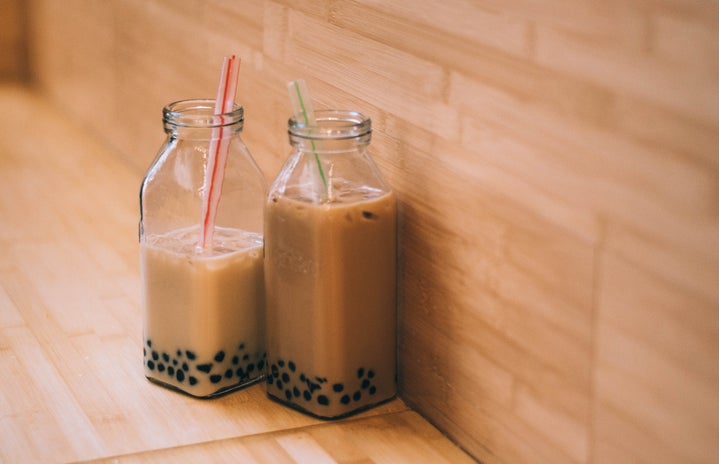Cutting off plastic straws has a greater effect on the environment—and climate change—than most people can ever come to fathom.
To put it into perspective, consider that most straws slip through recycling machines due to their size, and shape causing them to end up in landfills. From there, it can take up to 1000 years for them to decompose. How many straws have you used in your life? Could you count each one?
I recently interviewed someone who works in environmental legislation. When I asked them what is the first step to reducing fossil fuels, and ending climate change, they emphasized that it begins with the individual. They said that many people think: “Oh, you know if I take out plastic, that is not really going to impact the world.” Rather, he emphasized that we should be looking at climate change from a per capita basis.
I did the math. Each person makes about 1,606 thousand pounds of plastic each year. The global life expectancy is 72 years. Therefore, in a lifetime a person produces 115,632 thousand pounds of plastic. Straws make up 4% of all plastic produced. By purchasing a straw alternative, a person can save up to 4,625 thousand pounds of plastic from entering landfills, and creating fossil fuels.
Canada has a quaint 37 million people. If every person in Canada starts using a reusable straw, then they will be saving 171 trillion pounds of plastic from entering landfills. That is a lot of plastic.
Your individual actions do matter. When one person buys a straw, they could decide to make other sustainable choices. Their peers might decide to jump on the action, and their peers’ peers, and so on. It is a snowball effect.
Metal: The Basic Britney
The metal straw is by far the most popular. They came in my favourite shade of rainbow, and are sure to earn you a few awws. However, they can develop a ‘metal taste’ that can be unpleasant. DO NOT let children use metal straws as they can cut themselves, or chew on them. You should also be careful about using metal straws with hot drinks as they can conduct heat easily.
Silicon: The Chewer
If you have children or if you live with someone who has difficulty swallowing, this straw is perfect. They can press, and chew on it due to its soft surface. Unlike plastic, when burned, silicon releases harmless ingredients like amorphous silica, and water vapour. Plastic on the other hand releases toxins when burned. Not to mention, silicon is more ocean-friendly.
Bamboo: The Goody Goody
Bamboo straws are aesthetic, and biodegradable. However, what they earn in looks, they lose in their difficult cleaning procedure. Interestingly, bamboo fibre is antibacterial, making bamboo straws by far the safest, and most sustainable option on this list. Aside from cleaning, and some residual taste over time, bamboo straws are possibly the perfect straw.
Glass: The Favourite Child
Glass straws are clear, meaning that you can clean them well. They do not form any kind of mold. They also do not leave any residual tastes. Where metal straws may contain some ‘not so fun stuff’ due to rusting, glass straws are perfectly safe. Glass straws are also softer than metal straws. However, you should still take caution when letting children or anyone with swallowing issues use them.
Pro Tip: If you are going to use Amazon to purchase your order, contact them on the website and request for them to use only paper or biodegradable material in the shipment. Amazon is, not the most eco-conscious organization, to say the least. However, Amazon is still a resource that many people have to count on; if you choose to shop with them there are ways to make that shopping a bit better for the environment!
Related Articles
- 4 Cocktail Dupes For Someone Who Hates the Taste of Alcohol
- Moments of Time: How To Feel Less Phoney With The Quarantine Lonely’s
- 5 Shows to Binge During the Second Lockdown
Want more HCW? Check us out on social media!



